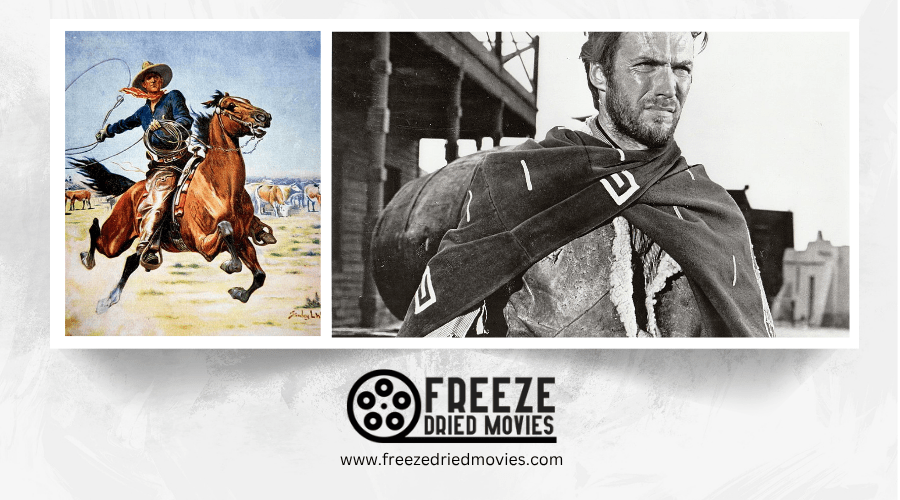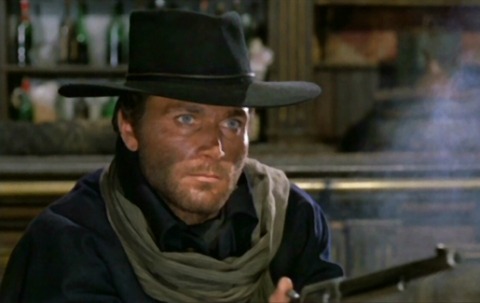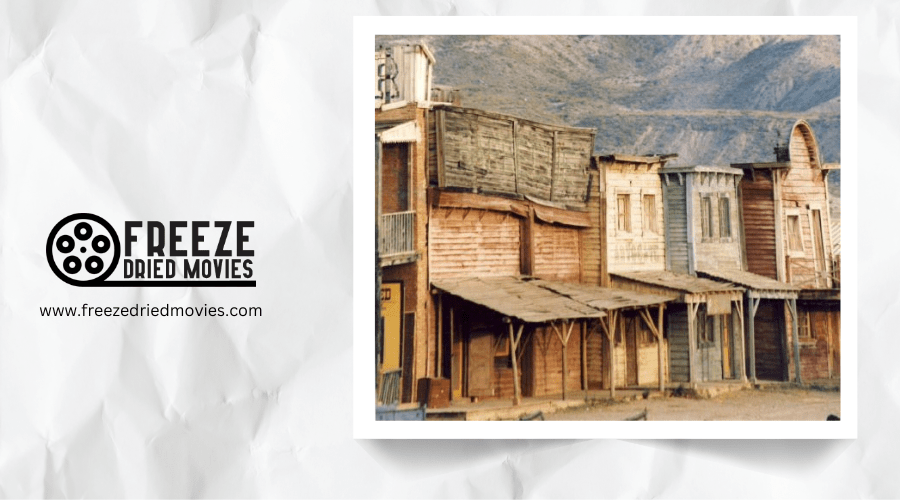Most Profitable Spaghetti Western Movies of All Time

You might think the term "spaghetti western" sounds like a culinary mishap, but these Italian-produced films revolutionized cinema while generating impressive profits. From Leone's groundbreaking Dollars Trilogy to the comedic gold of the Trinity series, these films didn't just entertain—they created fortunes. Ever wondered which gunslinging adventure actually made the most money? Or how a foreign film industry managed to outdraw Hollywood at its own game? The financial success stories behind these dusty showdowns will surprise you.
The Dollars Trilogy: Box Office Phenomenon
Few film franchises have reshaped a genre as profoundly as Sergio Leone's "Dollars Trilogy." Starring Clint Eastwood as the iconic "Man with No Name," the trilogy grossed an impressive $44 million worldwide, establishing itself as one of the most commercially successful spaghetti western series ever made.
The journey began with "A Fistful of Dollars" (1964), which launched Eastwood to stardom and earned $14.5 million globally. "For a Few Dollars More" (1965) followed with over $15 million, while "The Good, the Bad and the Ugly" (1966) became the crown jewel, generating $14.1 million and achieving critical acclaim.
With Ennio Morricone's unforgettable scores enhancing Leone's distinctive visual style, you're witnessing a cultural phenomenon that forever redefined western filmmaking. Unlike the Hollywood productions of the era that were bound by the Hays Code restrictions, these Italian-produced westerns could explore more morally ambiguous themes and realistic violence.

Worldwide Financial Impact of Django and Its Unofficial Sequels
While the Dollars Trilogy revolutionized the spaghetti western genre, another cultural phenomenon was simultaneously shaping the international film market. Sergio Corbucci's 1966 film Django, starring Franco Nero, became one of the highest-grossing spaghetti westerns ever, despite being banned in the UK until 1993 due to its extreme violence.
The film's cult classic status spawned over 30 unofficial sequels, with Nero reprising his role in many of them. These follow-ups varied in quality, but several achieved significant commercial success. Django 2: Il Grande Ritorno (1987) proved most profitable, generating approximately $10 million globally. Other standouts included Django Strikes Again (1987) and Django the Bastard (1969).
This enduring franchise demonstrated Italy's box office influence and the spaghetti western's remarkable staying power in European markets, maintaining profitability for decades after the original's release. Like Roger Corman's productions, these films exemplified how compelling narratives could generate significant returns despite modest production budgets.

The Trinity Series: Comedy Westerns That Broke Records
As the spaghetti western genre matured beyond its violent roots, Enzo Barboni's 1970 film "They Call Me Trinity" introduced a delightful comedic approach that captivated audiences worldwide. The film grossed over $5 million in Italy alone, establishing Terence Hill as a bona fide star.
Pairing Hill with Bud Spencer proved magical, as their 1971 sequel "Trinity Is Still My Name" shattered expectations, earning an impressive $10+ million at the Italian box office. This cemented its status among the highest-grossing spaghetti westerns ever made.
The duo popularized the "Lucky Luke archetype" - the lazy, reluctant hero - offering an invigorating contrast to the genre's typically violent narratives. Similar to how method acting techniques transformed performances in 1950s cinema, Hill and Spencer's natural chemistry brought unprecedented realism to comedy westerns. This comedy western formula not only revitalized the waning spaghetti Western market but inspired a new wave of lighthearted entries throughout the 1970s.
Top-Grossing Political Spaghetti Westerns
The political revolution sparked a unique and profitable subset of spaghetti westerns in the late 1960s, with Damiano Damiani's "A Bullet for the General" (1967) leading the charge. This pioneering "Zapata Western" established the blueprint for combining box office appeal with sharp political commentary.
Sergio Corbucci's contributions to the subgenre proved financially successful, with "The Mercenary" (1968) and "Companeros" (1970) attracting audiences through their gritty portrayal of the Mexican Revolution. These films featured complex mercenary characters that defied traditional western archetypes.
Sergio Leone's "Duck, You Sucker" (1971) became the highest-grossing political western, featuring the remarkable Gian Maria Volonté. While never matching the commercial success of Leone's "Dollars Trilogy," these politically-charged westerns expanded the genre's thematic boundaries while maintaining respectable profits.
Comparing Italian vs. International Box Office Performance
Beyond the political spaghetti westerns lies a fascinating market disparity that shaped the genre's legacy. You'll find that films achieving cult status internationally weren't always the biggest hits in their Italian homeland.
Take the Trinity name phenomenon—"...continuavano a chiamarlo Trinità" dominated Italian theaters but barely registered on the global radar. Conversely, Sergio Leone's Dollars Trilogy achieved worldwide fame while experiencing mixed results domestically.
This pattern repeats throughout the best Spaghetti Westerns. Films like "The Return of Ringo" captivated Italian audiences but remained relatively unknown beyond Europe. Sebastian's detailed box office data reveals these stark contrasts between 1965-1978.
Even in the Far East, certain Western films found unique success, as documented by "drmixandtheremix" regarding Japanese popularity. The spaghetti western truly became a global Film language with distinctly regional dialects.



